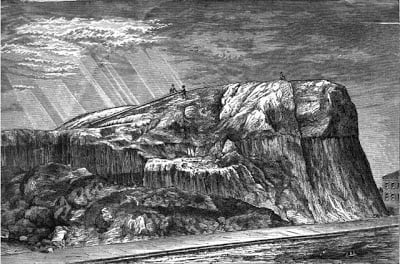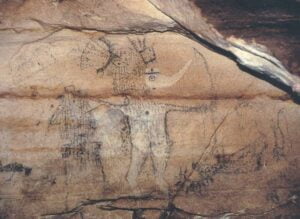St. Louis’ Forgotten Mounds
While Cahokia mounds has attracted tourists and busloads of school children, across the river “Mound City,” (A 19th century nickname for St. Louis) had more than 40 mounds.

exc-5baa9f72f9619a02e7ac7312
The Mississippian culture, one of the most fascinating cultures in world history, built earth mounds from Minnesota down to the Gulf of Mexico. Cahokia was the jewel of the Mississippian culture, with the population of 13th-century Cahokia equal to or larger than the population of 13th-century London. Its largest mound, Monk’s Mound the largest in North America, towers at 100 feet high over the nearby interstate.
While Cahokia mounds have attracted tourists and busloads of school children, across the river “Mound City,” (A 19th-century nickname for St. Louis) had more than 40 mounds.
Mound City
The mounds were well-known to early explorers. French explorers and fur traders were the first Westerners to view the mounds. The mounds overlooking the river later served as landmarks for steamboat captains.
Most of the Mississippian mounds were located north of modern downtown. There were also a cluster of mounds located in Forest Park until they were plowed over for the 1904 World’s Fair. Human remains were reportedly discovered near St. Louis’ Art Museum.
Big Mound
The largest St. Louis mound was named “Big Mound”. The flat-topped, oval-shaped mound measured over 30 feet high. Despite efforts from local residents, workers dismantled the mound in 1869 and used the dirt to build the North Missouri Railroad. Meanwhile, they discovered Sea shells from the Gulf of Mexico and copper earrings in the rubble. Luckily, pictures of the mound still exist. A small memorial exists marking the site of the mound on the corner of Broadway and Mound Street.
The only handiwork of the Mississippians to survive in the city is Sugarloaf. A house sits atop the mound at 4420 Ohio Avenue overlooking the river. The Osage Nation of Oklahoma purchased the property with hopes of turning it into an educational/cultural center commemorating “Mound City.”





2 thoughts on “St. Louis’ Forgotten Mounds”